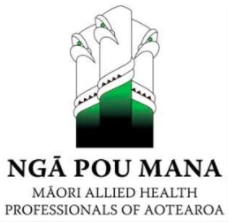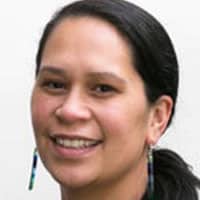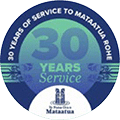Last week we heard from Dr Te Kani Kingi about how Tertiary should be incentivised to deliver qualifications in the much needed area of mental health. Although I agree that operating in this current tertiary climate is difficult, the role of tertiary institutes needs to be looked at closely in terms of its systematic shortcomings in responding to the needs of our communities.
Often this isn’t through a lack of wanting to help, it’s through a phenomenon known as epistemic ambivalence – forever oscillating between a state of ‘knowing’ and ‘not’ knowing, or more accurately ‘knowing’ but often choosing to ‘not know’.
Tertiary institutes as independent businesses operating in a competitive funding environment are ambivilent to the plight of 1) community and 2) Māori health outcomes. This is because one is rooted in self-orientation, and one is grounded in collaboration and partnership – and to be skilled in the former and not the latter is not seen as being bad for business. But it does nothing to increase a competent, strong Māori health workforce, or a culturally competent non-Māori one.
Let me give you a local example.
In the Bay of Plenty we have a Trades Academy that is given funding from the Government for 595 secondary school students across our region. Of the programmes available, there is currently one programme that allows these students to work towards a University Approved qualification in health, education and social services, effectively setting them up to enter the health sciences on par with other school leavers entering health degrees on the same start line.
We had close to 900 students apply last year for the 595 places for all trades academy tertiary programmes in 2019. And despite the area of biggest need being Māori learner achievement, the places were not prioritised for these learners. In 2017, there were 3,835 16 year old learners studying at school and 3,099 17 year old learners in our region – 2546 of them being Māori. Our region boasts a demographic in this age range consisting of 37% Māori school learners – amongst the highest in the country. Epistemic ambivalence in action.
The students then have two options in our region for higher study in health. Either go into Nursing, or go out of the region to do other programmes that have a health science focus, which is a disincentive for a lot of whānau in our communities. The Allied Health Science and Technical workforce encompasses over 50 professions, each with their own distinct, specialised body of knowledge and skills . Our region currently has traditional tertiary provision for none of the clinical allied health professions (allied health encompasses all health careers except for nursing and medicine).

There is currently a midwife crisis in the Bay of Plenty. We have the highest deprivation rates in the country. Not to mention our regional suicide and mental health statistics are on par with the worst in the world.
We desperately need allied health provision in the Bay of Plenty to equip whānau with a mobile, educated, but more importantly – homegrown local health workforce.
The disparities between Māori and non-Māori health outcomes are paralleled by disparities between Māori and non-Māori in the workforce , so by not actively seeking to address our dire Māori health outcomes by providing our communities with provision that contributes towards building an effective health workforce – by remaining in a state of epistemic ambivalence, tertiary institutes are effectively helping to contribute towards them.
But yes, incentivisation could work. The Ministry of Health Māori health workforce funding could be directed into tertiary providers in regions such as ours, along with directives from MOH and MOE combined – that are aimed directly at increasing our local workforce, and addressing our local health need. District Health Boards could reorientate all off-site training to tertiary providers (which would support this sector), as well as lending clinical expertise and academic nouse to upskilling whānau, and kaumātua to become frontline whānau practitioners.
Tertiary could be incentivised by the Ministry of Education to move into the compulsory schooling sector space (including Māori medium), by providing skilled Māori staff fluent in Te Reo and curriculum development that can span the secondary-tertiary divide.
Or with all of this knowledge, we can choose to remain in the status quo – remain ambivilent.
I choose to believe that our region deserves more.





